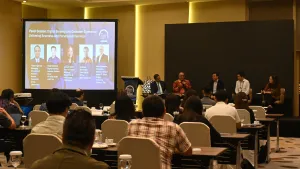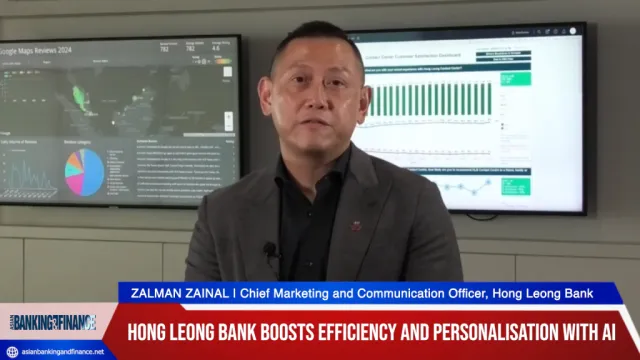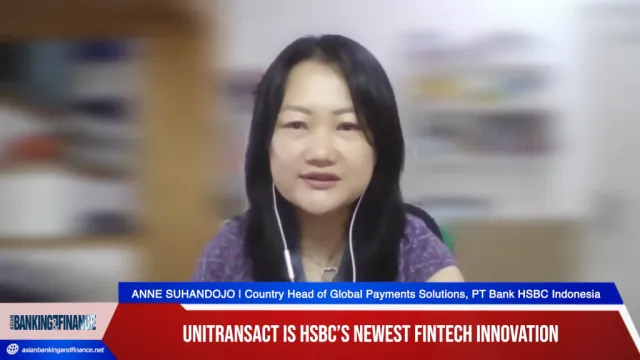3 reasons why Asian treasurers must ditch the spreadsheet
By Blaik Wilson and Günther PeerA recent study reveals that corporate treasurers are most concerned about liquidity and funding. But should this really be their biggest worry?
When taking a closer look at treasury organizations across Asia, it is obviously the lack of proper tools to manage cash and risk that leads to poor cash forecasts and high operational risk, which are at the core of fears about liquidity and funding.
Asian markets are growing rapidly as intra-regional trade increases and Asian corporations expand internationally. Such expansion brings new dynamics to financial departments, whose subsidiaries in new markets are leaving executives dealing with new accounting standards such as IFRS 9, local and regional regulations such as the US Foreign Account Tax Compliance Act (FATCA), and new funding opportunities, currencies and interest rate levels. In addition, trapped cash due to stamp duties or transactional taxes, thin capitalization rules or non-convertible currencies, are making it harder to effectively manage cash.
As the complexity of expansion continues to create uncertainty for treasuries, companies would be wise to consider putting in place a framework that would serve as a “risk radar” that could help treasuries navigate the pitfalls of growing operations.
Best practice organizations use dynamic worksheets to gain an accurate picture of enterprise-wide cash positions and control their cash and liquidity. This is in contrast to many Asian treasurers, who still use spreadsheets for the strategic task of cash forecasting. As a result, they are struggling to handle the challenges facing their treasury organizations.
In fact, 90 percent of finance and treasury executives recently polled from companies across multiple industries in Hong Kong and Singapore revealed that they were dissatisfaction with their ability to forecast cash positions.
Companies that use worksheets support strategic funding and investment decisions, while ensuring access to both short-term credit and long-term financing. Filters allow them to quickly cut their data by cash flow categories, banks, bank accounts, currencies and organizational units or other business and notional hierarchies.
Certainly, all this information could be gathered in spreadsheets, but there are three main reasons for not doing so:
First, manually gathering and consolidating all relevant information will take a long time. In our real-time world, where markets are volatile and funding is restricted, the key factor for successfully managing cash and liquidity is time. Therefore, treasurers need visibility in enterprise-wide cash positions at any time.
Second, spreadsheets are error-prone. They often require double entry of data and lack controls for workflows and documentation. Additionally, they obstruct the opportunity for straight-through-processing into the surrounding IT infrastructure and, consequently, create extremely high operational risk.
Third, in order to make most out of the forecast, treasurers need to stress test their data, simulate what-if-scenarios and measure the accuracy. In a spreadsheet environment, this is almost impossible to do in a reasonable timeframe and without errors; therefore, the true potential of a forecast is never tapped.
Interestingly, the survey also showed that operational risk is not considered a priority in Asia. Only 7.5 percent of respondents ranked operational risk as their top risk concern, while 38 percent cited liquidity and funding as their top concerns.
It seems that Asian treasurers have it backwards. Rather than fearing liquidity and funding as isolated tasks, companies need to put in place the right technology to improve cash forecasting and mitigate operational risk across the enterprise. Innovative technology can help treasurers plan with accuracy.










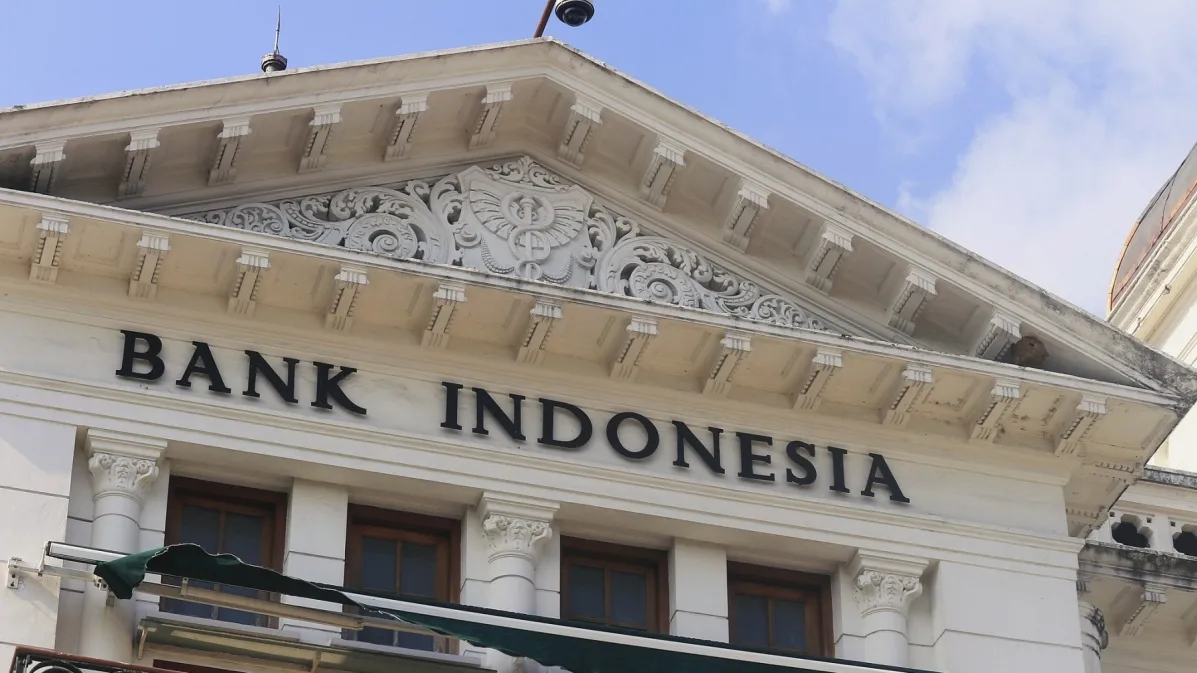
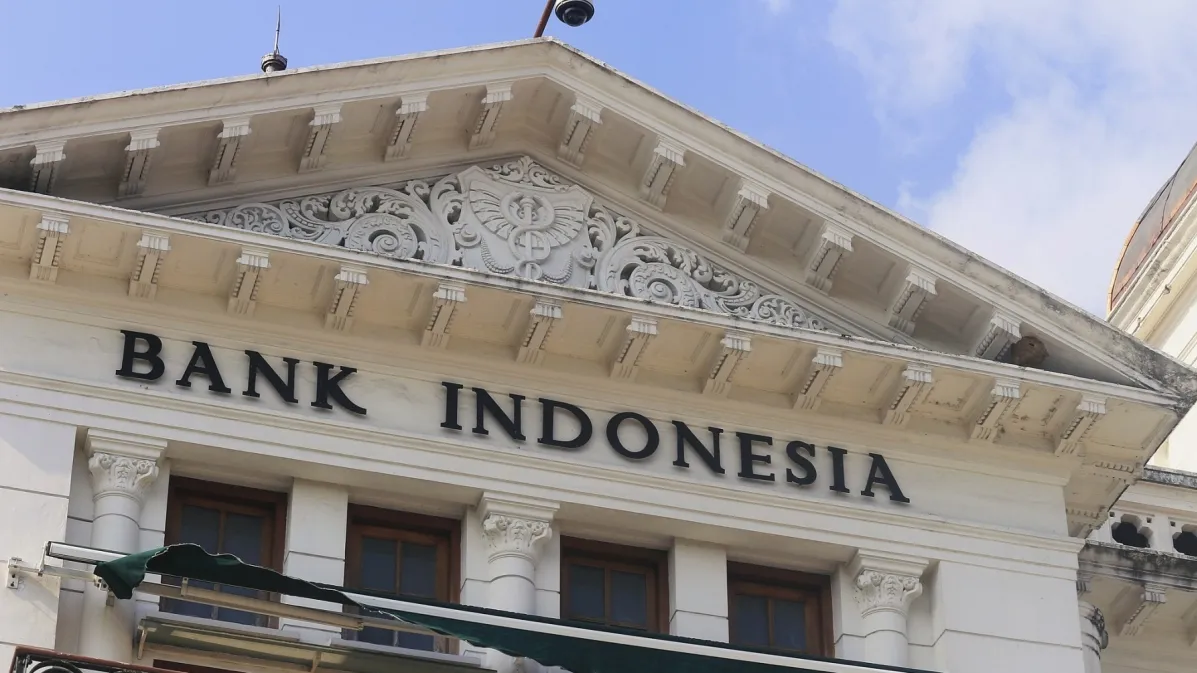

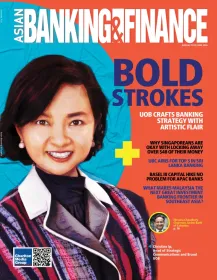
 Advertise
Advertise


